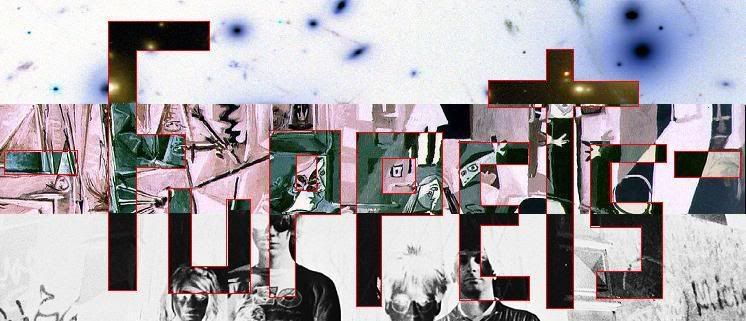
Capillary action is the name for the forces that pull water up through the roots of a plant or tree into it's stem or trunk, or liquids up into a paper towel. This is a slow process.
Scientists have managed to create a piece of metal whose surface is so distorted by an extremely pin-point and high-powered laser that it's capillary actions works much faster than in nature, over one centimeter per second, against gravity, as described below. Pictured above is one of these metal discs. Click HERE for the full story.
"We're able to change the surface structure of almost any piece of metal so that we can control how liquid responds to it," says Chunlei Guo, associate professor of optics at the University of Rochester. "We can even control the direction in which the liquid flows, or whether liquid flows at all."
Guo and his assistant, Anatoliy Vorobyev, use an ultra-fast burst of laser light to change the surface of a metal, forming nanoscale and microscale pits, globules, and strands across the metal's surface. The laser, called a femtosecond laser, produces pulses lasting only a few quadrillionths of a second—a femtosecond is to a second what a second is to about 32 million years. During its brief burst, Guo's laser unleashes as much power as the entire electric grid of North America does, all focused onto a spot the size of a needlepoint, he says.
The wicking process, which on Guo's metal moves at a quick one centimeter per second speed against gravity, is very similar to the phenomenon that pulls spilled milk into a paper towel or creates "tears of wine" in a wineglass—molecular attractions and evaporation combine to move a liquid against gravity, says Guo. Likewise, Guo's nanostructures change the way molecules of a liquid interact with the molecules of the metal, allowing them to become more or less attracted to each other, depending on Guo's settings. At a certain size, the metal nanostructures adhere more readily to the liquid's molecules than the liquid's molecules adhere to each other, causing the liquid to quickly spread out across the metal. Combined with the effects of evaporation as the liquid spreads, this molecular interaction creates the fast wicking effect in Guo's metals. - ( Science Daily )
Not only can they make metal surfaces more attractive to liquids but they can also make metal surfaces hydrophobic, or extremely resistant to water/liquids. Since bacteria are mostly water, it creates a very sterile antibacterial metal surface. The bacteria simply cannot grow on it. There are many possible uses for such a metal, especially inside the human body. This femtosecond laser is an amazing thing.
In 2006, Guo's team used the femtosecond laser to create metal with nanostructures that reflected almost no light at all, and in 2008 the team was able to tune the creation of nanostructures to reflect certain wavelengths of light—in effect turning almost any metal into almost any color. - ( Science Daily )


No comments:
Post a Comment